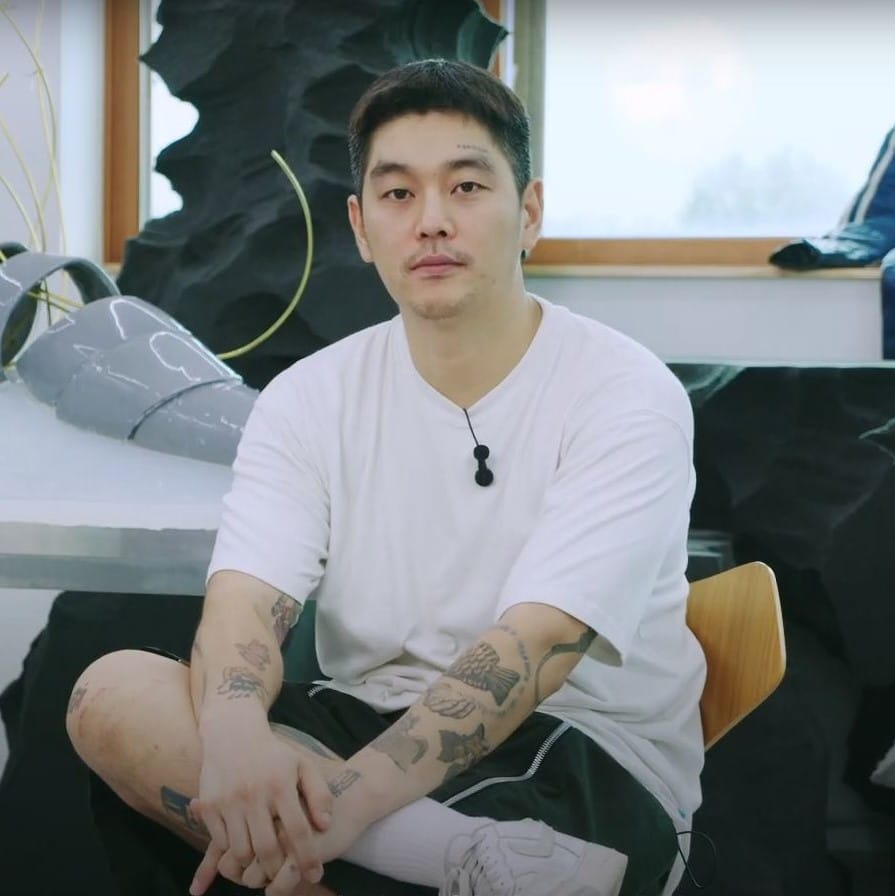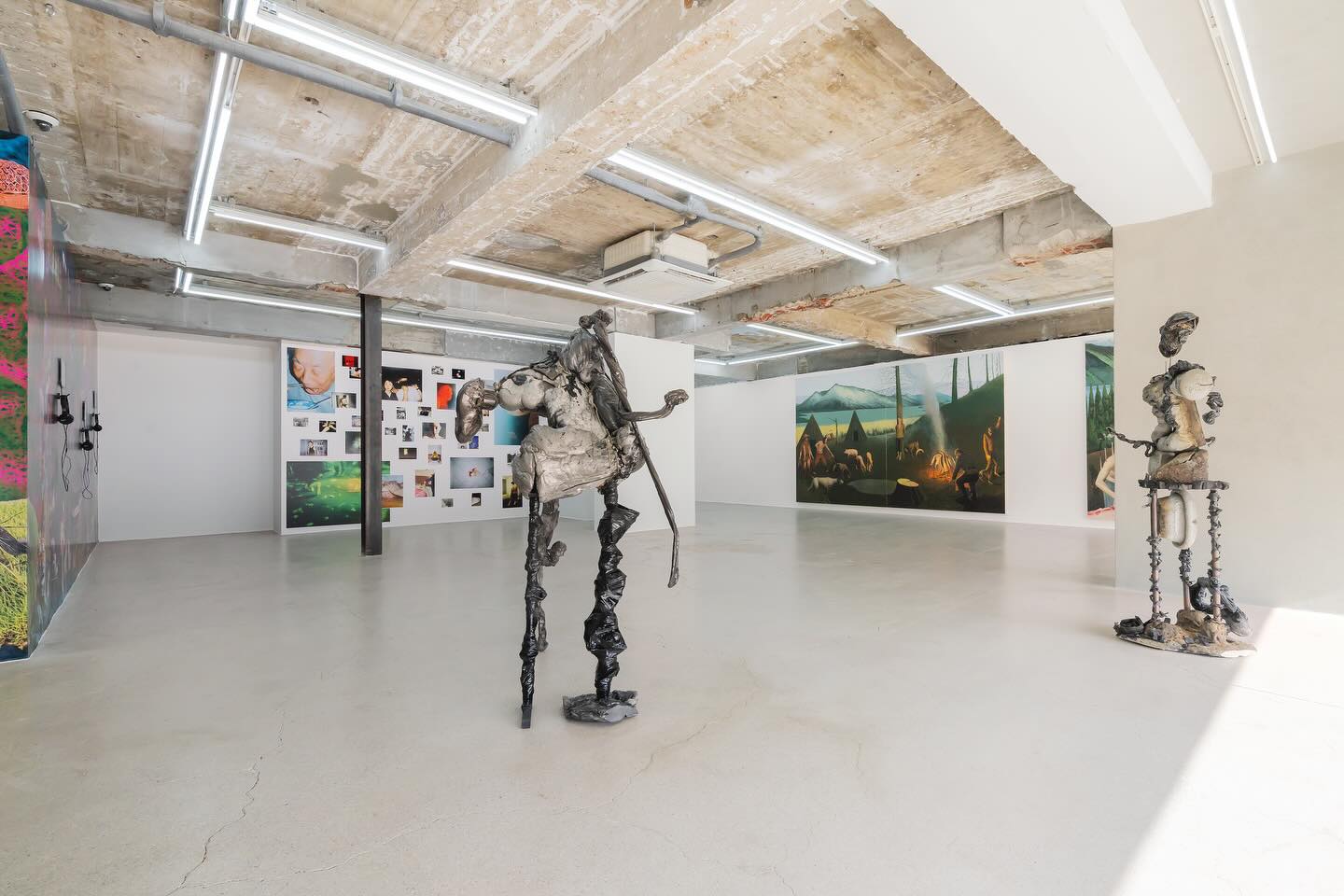
Youngjoo Cho, Humangarten, 2021-2024 ©SONGEUN Art and Cultural Foundation and the artist
SONGEUN presents a solo exhibition, “Cadenza” by Youngjoo Cho, the grand prize winner of the 20th SONGEUN Art Award, on view from March 8 to April 14.
Cho addressed issues such as strangeness, multiculturalism, discrimination, race, and class during her early years of study abroad, and after returning to Korea in the early 2010s, her work focused on her mother’s generation. Since then, the artist has continued to tell the stories of marginalized or hidden minority bodies through artistic practice, history, and storytelling. In doing so, she explores the ways in which the individual body is understood in relation to the environment that surrounds it, and the elements derived from it are researched through the artist’s personal experiences and connections to popular culture, and then visualized in visual language.
In this exhibition, “Cadenza,” the socio-cultural conflicts and issues centered on women’s labor are presented in a broader perspective through the theme of care. Further developing the artist’s interest in women, frames, and power, she has recently addressed issues of female body image and care work through video, performance, and dual live streaming media. In particular, through empirical investigations into the images of women in Korean modern history and contemporary body images that are unconsciously consumed in the media, the artist draws attention to and deconstructs the power relations assigned to images from a feminist perspective.
In addition, the artist aims to bring to the surface the existence of care workers who perform ‘shadow work’ in order to bring the bodies and experiences of women who have been othered and marginalized to the forefront as subjects. To do so, she collaborates with various subjects, including multicultural migrant women, people with disabilities, and care workers, using performances such as exercise, massage, games, tapestry, and chorus. This collaborative Cho’s work resonates with the concept of ‘cadenza fioritura,’ which refers to a solo section in a concerto where the performer is allowed to break away from the rules and showcase their skills. In this way, the artist, as an observer and recorder, captures the invisible labor activities of women in images, raising our awareness of a real but unexamined social structure.























